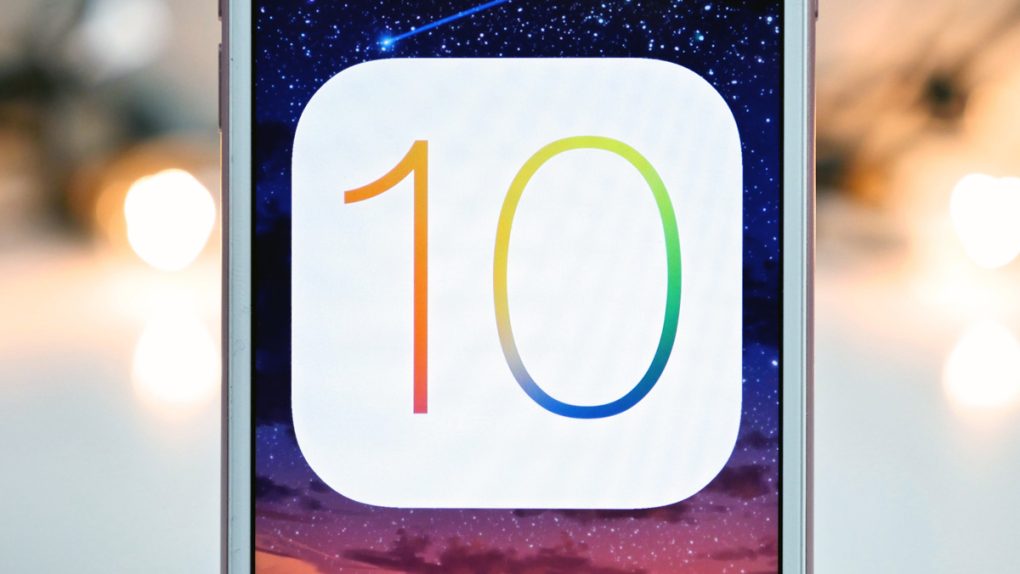iOS 10 is here, and it’s bringing a bunch of new features along for the ride. The biggest improvement for photographers is the ability to take RAW photos, which lets you save all the data from your camera sensor in an uncompressed format.
It’s great if you want to do serious editing to your photos after the fact, but it has one major caveat: if you shoot RAW, your iPhone is going to fill up fast. Really fast.
DON’T MISS: iOS 10 update is bricking some iPhones and iPads
As a result, photos shot with an iPhone 6S that would be about 2MB in JPEG are 12-16MB when recorded in RAW. On a 16GB or 64GB iPhone, that’s going to add up fast. I’m a prolific photographer, and I have about 9GB of photos saved on my iPhone 6S from just the last year. If those photos were stored as RAW images rather than JPEGs, they’d be taking up about 60GB of space. That’s not good.
Now, just because iOS 10 adds RAW capability doesn’t mean you need to shoot RAW. In fact, the default camera app still shoots in JPEG. But because Apple has opened up RAW photos to third-party apps, you can expect to see a bunch of new camera apps in the App Store promising higher-quality, high-fidelity RAW shooting. Heck, Adobe Lightroom has already been updated to do just that.
Now, they’re not wrong — I shoot RAW on my standalone camera all the time because it makes editing so much easier. But I’ve got a brace of 128GB SD cards for that camera, rather than limping along with a small amount of fixed storage.
So just keep that in mind when you’re in a frenzy of downloading new camera apps. RAW photos are great, but please use sparingly. Your poor storage chip will thank you.










